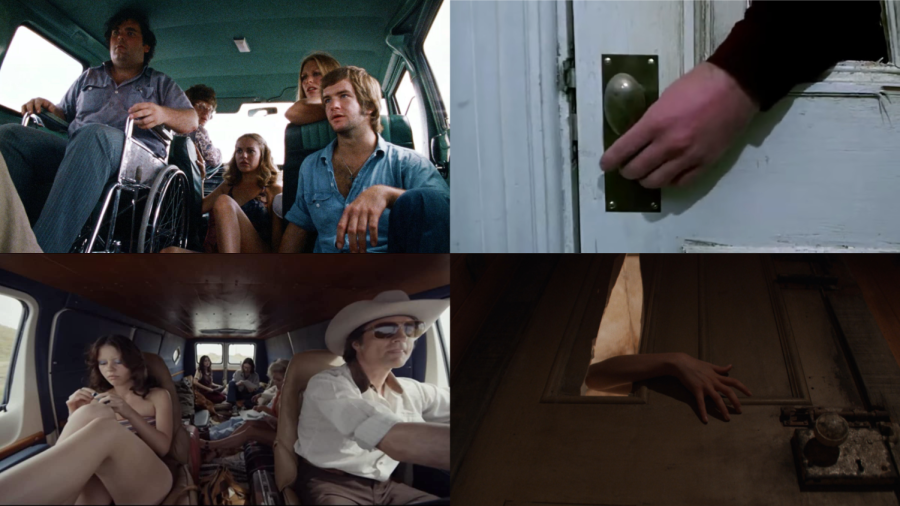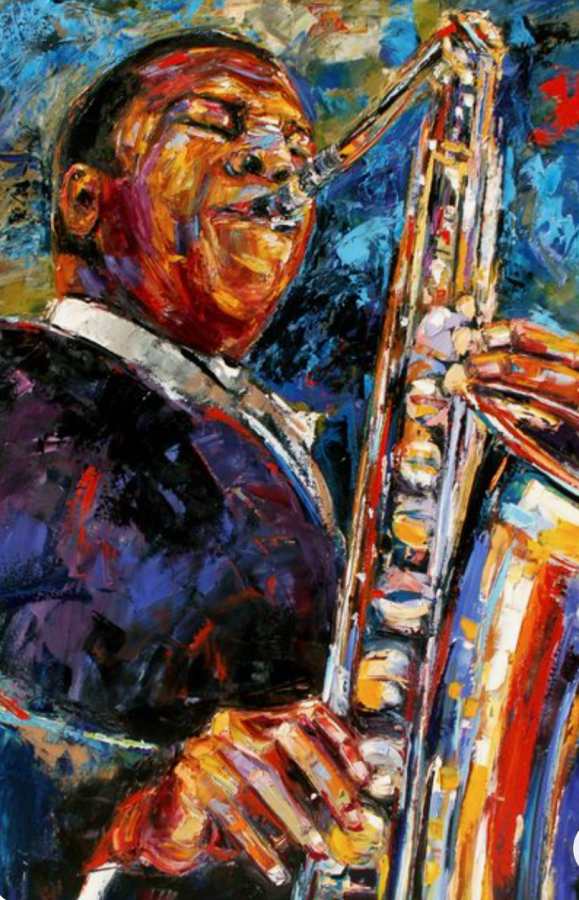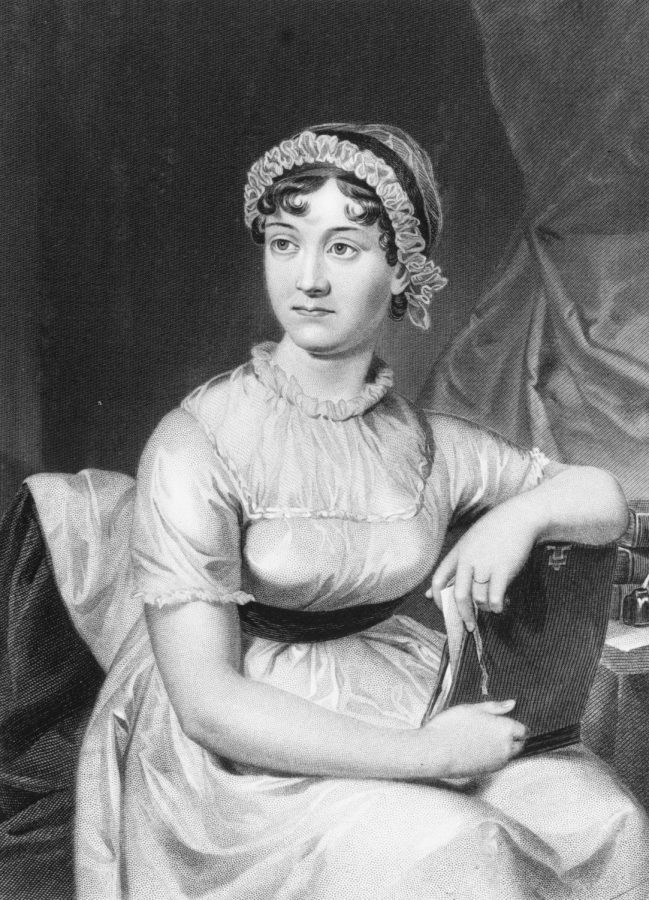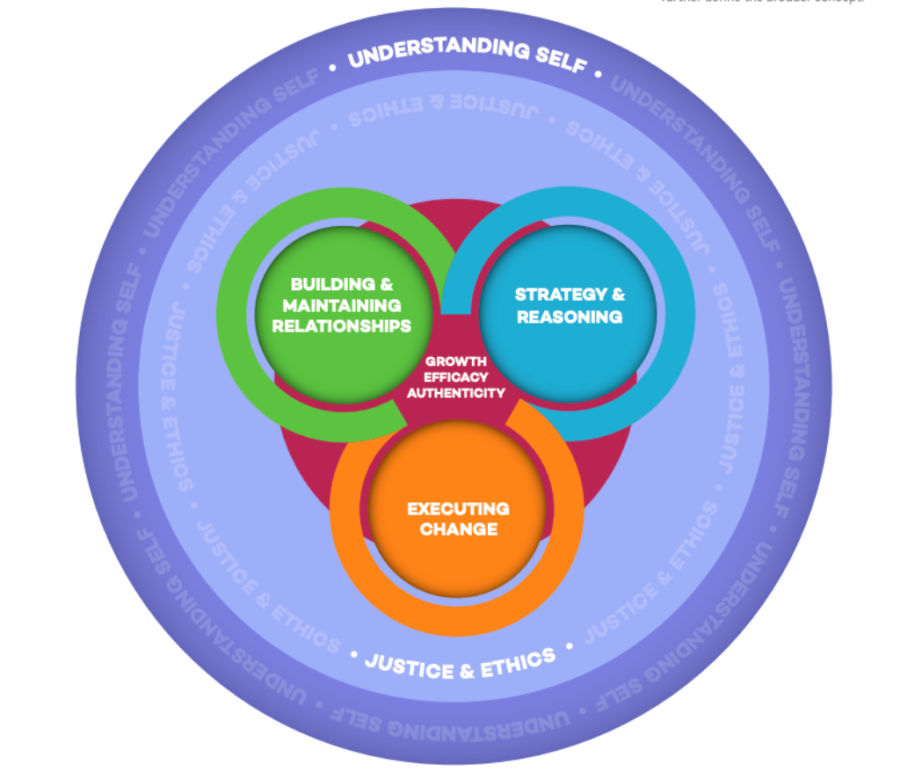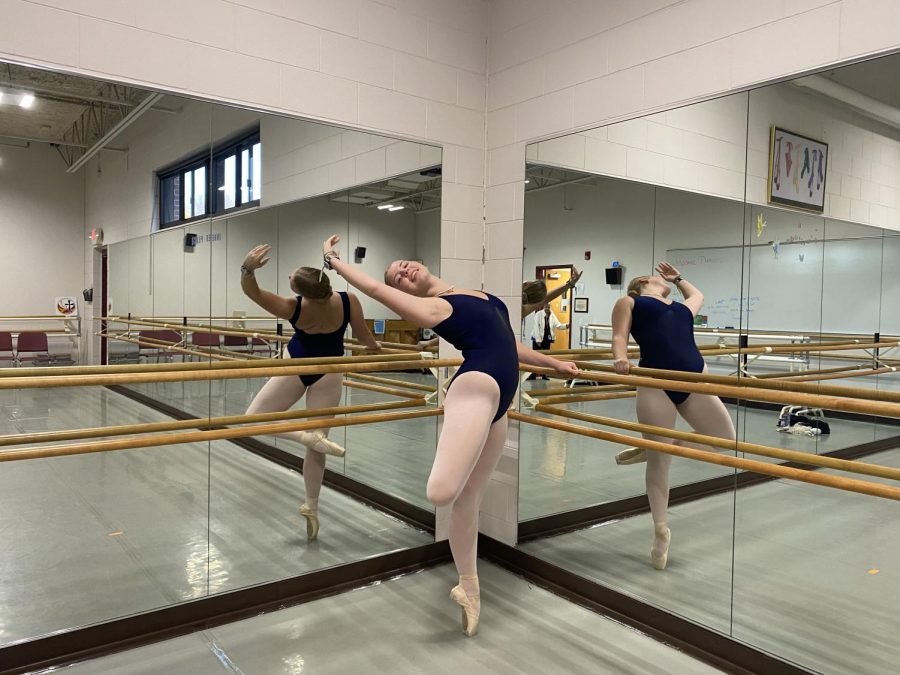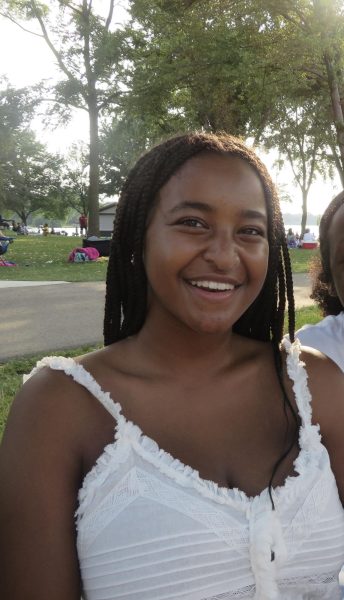
Lady Bird directed by Greta Gerwig, is a coming-of-age film following a teenage girl, Christine, who calls herself Lady Bird, navigating her complicated relationship with her mother and recently unemployed father, all while attempting to attend a college outside of her hometown of Sacramento, California. Gerwig shows the growth of Lady Bird’s identity through the setting of the movie, Sacramento, and the relationship with her mom, Marion, which is filled with love and misunderstanding. Sacramento is not just a city but an essential part of Lady Bird’s identity. Originally, she saw the city as dull and limiting, but later, Christine becomes thankful for how the city and her mother shaped her.
One of the beginning scenes features the mother-daughter pair listening to an audiobook in the car. After listening, the two are left in tears, but the tender moment is interrupted when Lady Bird states she wants to live through something, hates California, and wants to go to school on the East Coast. Marion then goes on a tangent about how Lady Bird couldn’t get into those schools and how she should learn not to expect everyone to do everything for her. Frustrated, Lady Bird abruptly decides to jump out of the car, leaving Marion, her mother, screaming in shock. This beginning scene sets the tone for the misunderstanding and tension between the two.
The misunderstanding continues when Marion and Lady Bird go dress shopping for prom. The pair argue about what dress to buy, and Lady Bird asks why Marion doesn’t like her. Marion responds by saying she loves her, and Lady Bird asks again, “Do you like me?” This scene displays Lady Bird’s insecurities in her relationship with her mom and her want for acceptance. She isn’t focused on the love in their relationship; she wants to be liked. The two clearly care for each other but want and expect different things.
Lady Bird’s strong desire to attend an East Coast school despite her family’s financial struggle shows the extent to which she views Sacramento as limiting. Later in the movie, Lady Bird and her best friend, Julie, can be seen exploring Sacramento and admiring nice houses, which depicts Lady Bird’s desire for more than what she has in Sacramento. Despite her mother being against Lady Bird applying to schools so far away, Lady Bird does so behind her back.
When Lady Bird later finds out that she has been waitlisted from one of the East Coast schools, she does not tell her mom. However, Marion finds out, and she ignores Lady Bird. Lady Bird’s excitement about leaving clashes with her mom’s silence, resulting in Lady Bird begging her mom to talk to her. This shows how leaving home is emotional for both, but neither can effectively communicate their appreciation of one another.
Lady Bird feels the need to escape Sacramanto to become who she truly is, but it isn’t until arriving in New York that she appreciates what her home had for her. After wandering through the city and attending a church service, she finally calls home and addresses herself as Christine instead of Lady Bird. Christine recognizes the value of both her mom and her hometown. The two things she saw as standing in her way became sources of comfort and identity while being in a new environment.
At its core, Greta Gerwig’s Lady Bird is a film about love and its complexity. Through the relationship between mother and daughter and the setting of Sacramanto, the movie captures the tension between wanting to leave home and understanding how much your home shapes you. Lady Bird eventually sees the beauty in what she used to think was limiting, even if it takes leaving to understand her love for what she left behind.




